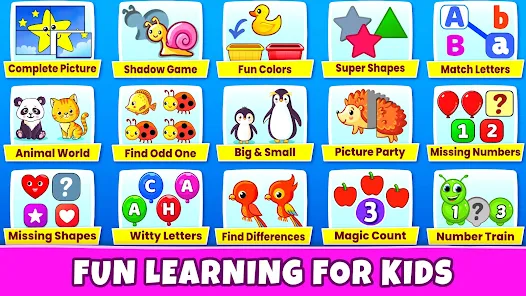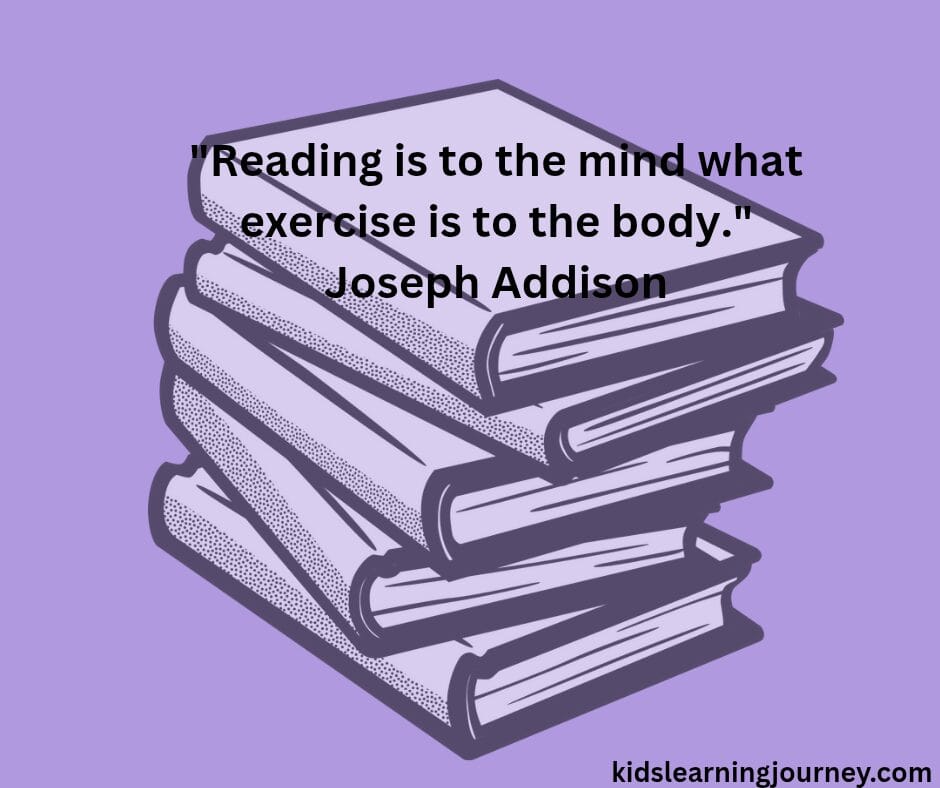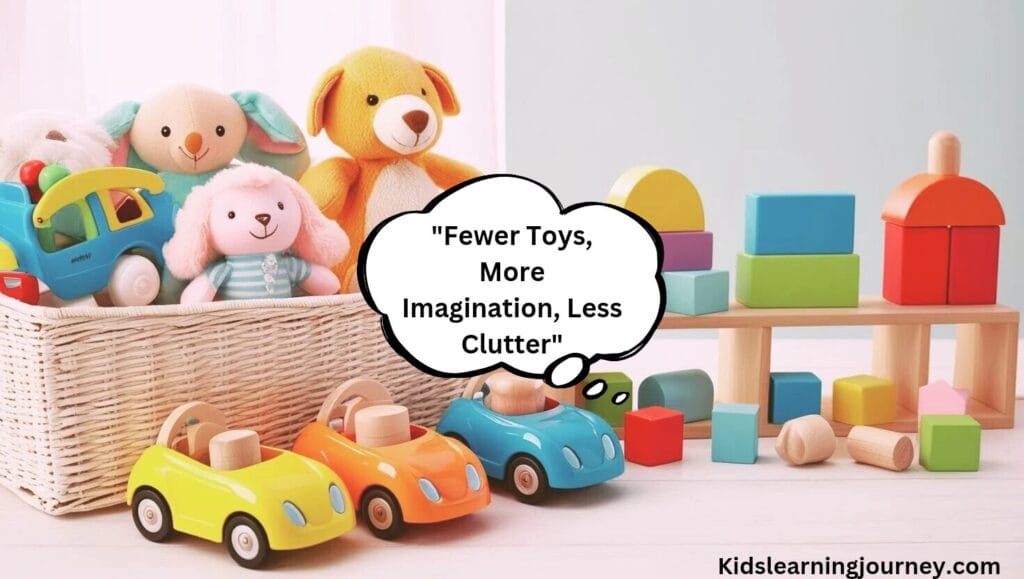In today’s fast-paced digital world, parents and educators are constantly looking for creative ways to make learning exciting. One of the most effective approaches is through learning games for kids. These games are designed to blend fun with education, encouraging children to explore new skills, practice critical thinking, and develop problem-solving abilities while staying engaged.
Whether it’s board games, digital apps, or outdoor activities, learning games provide children with opportunities to build knowledge in an enjoyable and interactive way. This article explores different types of learning games for kids, their benefits, age-appropriate recommendations, and tips for parents and teachers to integrate them into daily routines.
Why Learning Games for Kids Matter
Children naturally learn through play. Unlike traditional teaching methods that rely on rote memorization, learning games make education hands-on and enjoyable. When children are engaged, they retain information better and develop a positive attitude toward learning.
Key benefits of learning games include:
- Enhancing Critical Thinking – Games encourage kids to think, strategize, and make decisions.
- Boosting Creativity – Many games involve storytelling, drawing, or building, which sparks imagination.
- Improving Academic Skills – Math puzzles, spelling games, and science quizzes reinforce school subjects.
- Encouraging Social Skills – Group activities teach teamwork, patience, and communication.
- Building Confidence – Winning or completing tasks gives children a sense of achievement.
Let’s Make a Calendar | A Complete Guide to Creating Personalized Schedules
Types of Learning Games for Kids
There are countless categories of educational games, each serving a unique purpose. Here are some of the most popular and effective ones:
1. Board Games
Classic board games remain a favorite among families. Games like Scrabble Junior, Monopoly for Kids, and Guess Who? help children practice vocabulary, math, and logical reasoning.
2. Card Games
Simple card games such as Uno, Go Fish, and Memory Match teach color recognition, number sequencing, and memory skills.
3. Puzzle Games
Puzzles, whether physical jigsaw puzzles or digital versions, improve problem-solving abilities, concentration, and spatial awareness.
4. STEM Games
Science, technology, engineering, and math (STEM) games are becoming increasingly popular. Building kits like LEGO Education, coding toys like Sphero, or math challenges like Prodigy Math Game inspire children to explore these fields playfully.
5. Outdoor Learning Games
Games like Treasure Hunts, Hopscotch with Math Questions, or Nature Bingo encourage physical activity while teaching science, math, and observation skills.
6. Digital Learning Apps
Apps and online games such as Khan Academy Kids, ABCmouse, and Duolingo for Kids provide structured lessons with interactive elements that make subjects engaging.

Best Learning Games by Age Group
Not all games are suitable for every age. Children progress at different stages, so picking the right games is essential for both fun and development.
Ages 3–5: Early Learners
At this stage, kids are developing language, motor skills, and basic recognition abilities. The best learning games should be colorful, simple, and interactive.
- Shape Sorters – Helps with shape and color recognition.
- Alphabet Bingo – Teaches letters and sounds.
- Counting Bears – Introduces numbers and basic math.
- Memory Matching Cards – Improves recall and concentration.
Ages 6–8: Early Elementary
Children in this range begin reading, writing, and solving more complex problems. Learning games should build on these new skills.
- Scrabble Junior – Vocabulary and spelling practice.
- Math Dice Junior – Fun introduction to basic math operations.
- Story Cubes – Encourages creativity and storytelling.
- Osmo Learning Games – Combines physical play with digital learning.
Ages 9–12: Upper Elementary
Older kids are ready for more challenging games that focus on critical thinking, strategy, and deeper subject knowledge.
- Catan Junior – Strategy and problem-solving.
- Prodigy Math Game – Combines fantasy adventure with math practice.
- Rush Hour (Logic Puzzle) – Enhances reasoning and planning.
- Quizlet Live – Fun classroom game for vocabulary and study reinforcement.
Teens (13+)
Teens benefit from games that challenge their analytical skills and prepare them for real-world situations.
- Chess – Enhances logic and foresight.
- CodeCombat – Teaches programming through adventure.
- Debate Games – Builds communication and critical thinking.
- Escape Room Games – Promotes teamwork and problem-solving.
Popular Learning Game Categories
To make choosing easier, let’s explore some specific areas of learning:
1. Language and Literacy Games
- Bananagrams and Word Search Puzzles help with vocabulary.
- Apps like Duolingo Kids introduce foreign languages playfully.
- Storytelling games enhance reading comprehension and creativity.
2. Math Games
- Sudoku for Kids teaches logic and number placement.
- Math Bingo reinforces addition, subtraction, and multiplication.
- Digital apps like DragonBox provide step-by-step math challenges.
3. Science Games
- Magic School Bus Science Kits let kids explore biology and chemistry.
- Virtual Lab Games introduce physics concepts safely.
- Nature Scavenger Hunts connect kids with the environment.
4. Social and Emotional Learning (SEL) Games
- Feelings Charades teaches empathy and expression.
- Cooperative Board Games like Pandemic Junior encourage teamwork.
- Role-playing games develop communication and decision-making.

Benefits of Digital Learning Games
With technology becoming part of everyday life, digital games have become a core part of education. When used wisely, they offer several benefits:
- Personalized Learning – Apps adapt to a child’s progress, ensuring lessons match their skill level.
- Immediate Feedback – Children know instantly whether their answers are correct, improving self-correction.
- Gamification of Education – Earning points, badges, or rewards motivates children to keep learning.
- Global Accessibility – Kids can connect with peers worldwide, learning collaboratively.
Balancing Screen Time and Physical Play
While digital games are effective, it’s important to balance them with physical activities. Children need movement for healthy growth, and outdoor learning games foster creativity in ways screens cannot. A good approach is:
- Limit daily screen time to age-appropriate levels.
- Mix digital games with hands-on activities like puzzles or crafts.
- Encourage family game nights with board games to promote bonding.
How Parents and Teachers Can Use Learning Games
To maximize benefits, parents and teachers should incorporate learning games into daily routines:
- At Home
- Use games during family time to teach skills naturally.
- Encourage cooperative games rather than competitive ones for younger kids.
- Reward effort, not just winning.
- In the Classroom
- Teachers can integrate digital quizzes like Kahoot! for interactive lessons.
- Small group board games build teamwork and reinforce subjects.
- Role-play scenarios make history, science, or literature come alive.
Tips for Choosing the Right Learning Games
- Age-Appropriate Content – Select games that match developmental stages.
- Educational Value – Look for games that reinforce school subjects.
- Engagement Level – Pick games that hold a child’s interest.
- Balance Fun and Learning – Too much focus on either reduces effectiveness.
- Parental Involvement – Choose games that encourage parent-child interaction.
The Future of Learning Games
With advancements in artificial intelligence, augmented reality (AR), and virtual reality (VR), learning games are expected to become even more interactive. Imagine kids exploring ancient civilizations through VR or solving math problems in a 3D environment. The future of learning games will merge technology, creativity, and personalized learning to provide even richer educational experiences.
Conclusion
Learning games for kids are powerful tools that combine fun with education. From simple card games to advanced digital platforms, they help children build academic skills, develop social abilities, and foster creativity. Parents and teachers who integrate these games into daily routines give children a head start in both education and life.
The key is balance choosing age-appropriate games, mixing digital with physical play, and ensuring learning stays enjoyable. As technology evolves, learning games will continue to shape how kids explore knowledge, making education not just a task but a joyful adventure.



